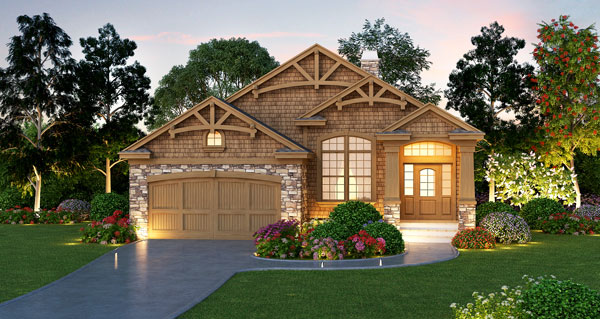
With our increasing concern for the environment, it’s only natural to wonder how to make your new build eco-friendly. As home construction booms, more and more homeowners want a plan that helps reduce strain on the environment and natural resources. If this sounds like your goal, The House Designers has you covered. By following these simple steps, you can build a greener home for now and the future. Many of these changes can also help keep green in your wallet, so they’re a win-win for you and Mother Nature!
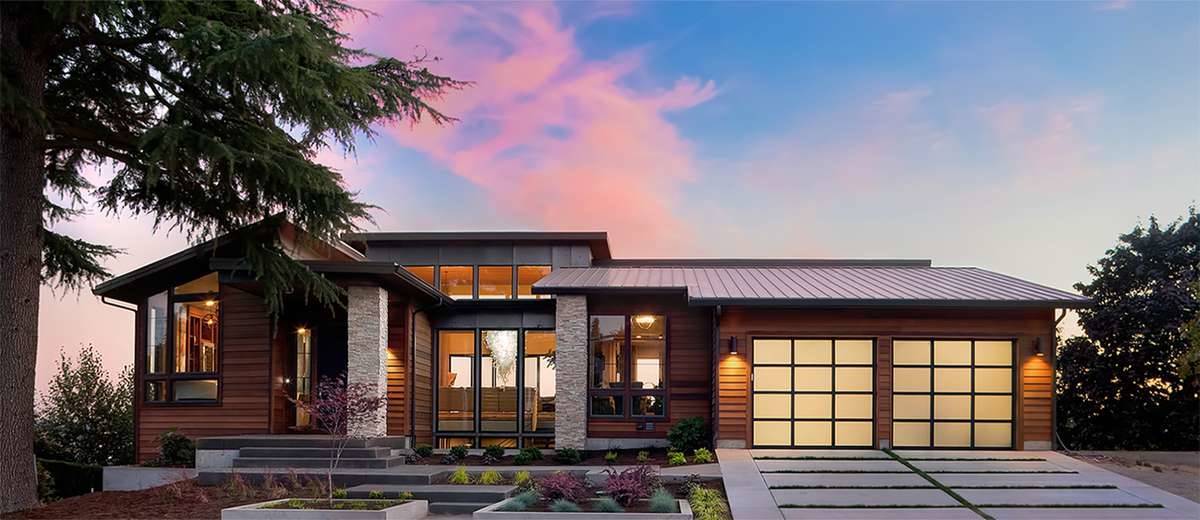
4,600 Square Feet, 4 Bedrooms, 3.1 Bathrooms
Choose the Right Insulation
It’s no secret that the proper insulation can help you save big on heating and cooling. However, most people don’t know how insulated their homes actually are, or even what type of insulation is proper for their location. Did you know that you can improve your insulation when building or even after the fact? That’s right! Choosing the proper insulation is an important step to make your new build eco-friendly.
Many builders leave unfinished spaces (such as basements, attics, and garages) uninsulated as a cost-cutting measure, but we encourage you to discuss insulating these areas. They are a large source of hot or cool air loss. By insulating them, you can keep your home at a comfortable temperature with less strain on your HVAC system. Your energy bill will go down along with your carbon footprint!

1,768 Square Feet, 3 Bedrooms, 2.0 Bathrooms
Have you ever felt like some rooms in your home are warmer or cooler than others? Their insulation may be uneven, inadequate, or even missing. If you want to update your current home, consider blown or foam insulation. This is piped directly into the walls through small holes that are closed afterward, giving you maximum results with little disruption. And for an even more environmentally friendly option, ask about cellulose-based insulation. It’s just as effective and is made from sustainable resources!
Whatever you choose, it’ll help cut your heating and cooling bills. That’s why insulation is our first suggestion for those wondering how to make a new build eco-friendly!
The Recap – A Little Insulation Goes a Long Way!
Keeping heat out of your home in the warmer months is a great way to save energy, particularly in the South or arid desert climates. If this sounds like your needs, we recommend adding reflective insulation. This thin, papery metallic material is installed inside the outward facing walls and roof, and it sends the sun’s heat away from the home. Paired with regular thermal insulation, your home will be ready for all seasons!
Control Leaking Air
Even with the best insulation, even a small leak can have big consequences. The gaps around windows and doors are the most common culprits. There could also be drafts under baseboards and between interior rooms. This happens in new communities where homes were built quickly and without much attention to detail as well as older neighborhoods that were built before modern insulation came on the market. But no worries, we have a fix for that too!
You don’t have to do a total remodel to re-install everything if you have leaky windows or doors. It could be as simple as caulking gaps and taking advantage of things like drapes, which add insulation to your interior. You might consider upgraded windows with better seals on them if yours are particularly drafty, but drapes really can block a lot of heat loss and even noise.
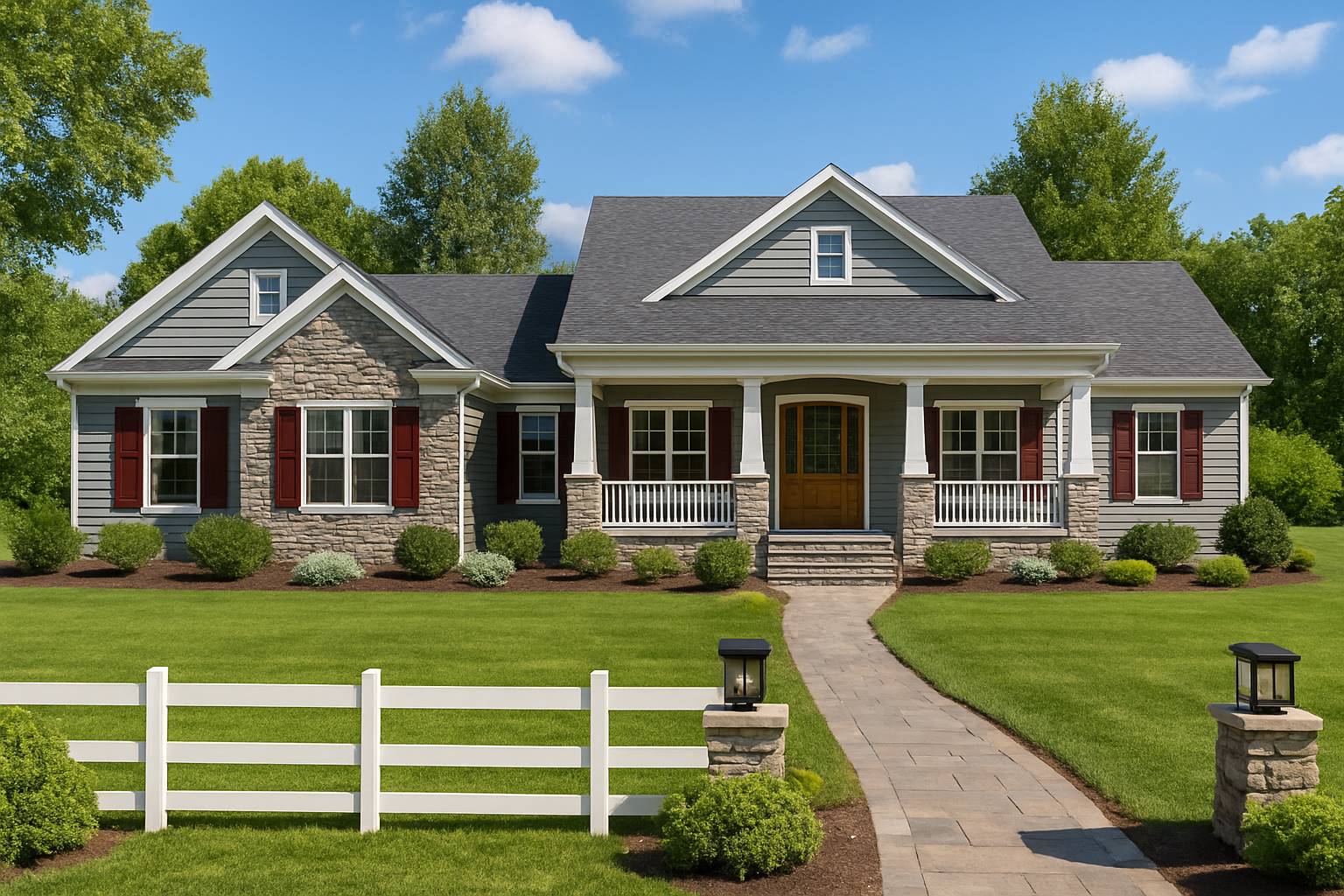
2,156 Square Feet, 3 Bedrooms, 3.0 Bathrooms
Controlling how the air inside your home moves also helps save energy. Put draft guards under doors that aren’t flush with the floor. Consider installing a few ceiling fans throughout the home, because they help maximize the effects of both heating and air conditioning, depending on the way they spin! This is a great way to keep yourself comfortable year-round without using tons of energy.
Making your new build eco-friendly doesn’t have to be expensive. We encourage you to look for little ways to fix or upgrade your home to reduce consumption.
Keep an Eye on Water Usage
Quick showers aren’t the only way to save water. Installing aerators on your fixtures will cut down usage without sacrificing cleanliness or affecting the style of your plumbing. This is an easy and effective way to make your new build eco-friendly!
An aerator is an attachment that goes on the tip of a faucet or showerhead and reduces water flow by mixing air into the stream. It creates higher water pressure while reducing actual water output. This simple upgrade can go a long way to lowering your water bill! There are plenty of water-saving showerheads and faucets out there that give you the similar benefits. Spend some time updating the fixtures in your bathrooms and kitchen to really make a positive impact.
If you really want to take your green footprint up a notch, consider rain barrels that collect water straight from your gutters. You can use that water for your lawn and flowers instead of turning on the outdoor faucet!
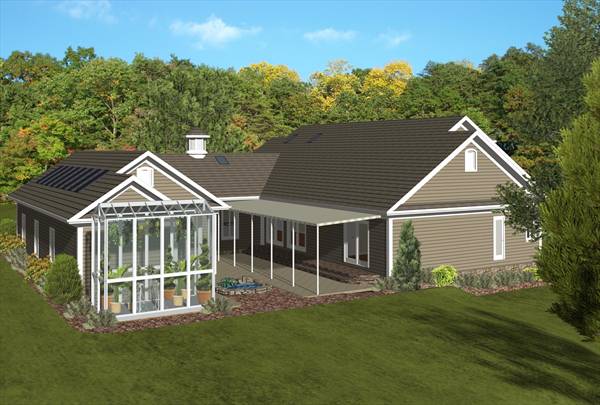
2,496 Square Feet, 3 Bedrooms, 2.1 Bathrooms
Timers Can Save Energy
Why would you pay to light a room you aren’t in or cool the home to make it as comfortable as you need when you aren’t there? A lot of folks overlook this massive source of energy waste, much to the detriment of their wallets and the environment. If your HVAC is on blast when you’re at work, you might as well throw money away. Lucky for you, many new thermostats can come to your rescue.
Programmable devices put your heating and air conditioning on a timer that you set, ensuring that it’s the perfect temperature when you’re home, without running all day. Wi-Fi-enabled and app-based thermostats are super popular because they can be monitored remotely to better control your energy usage. If you want to take it up one more notch, there are now smart air grates, too. They allow you to control the airflow of your central system by closing vents in the rooms that aren’t in use and blowing more air into those that are.
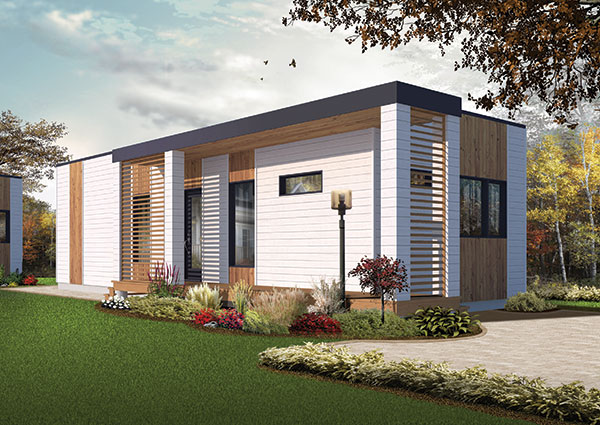
631 Square Feet, 2 Bedrooms, 1.0 Bathroom
Native Landscaping Helps the Environment
The amount of water and fuel that goes into a perfectly manicured lawn can be astronomical depending where you live. So, your landscaping is a critical part of how to make your new build eco-friendly! Many regions are not conducive to a golf course green-type lawn, but that doesn’t mean your yard can’t be equally as beautiful!
Problems arise when people try to create and maintain an unrealistic lawn in an area that doesn’t allow it. Instead, design a fantastic yard without high-maintenance grasses. Look into hardier species that are suited to your climate and that will grow without too much water or care. If your area is too hot or arid for grass, consider brush and/or rock landscaping for a stylish look. When you focus on things that work for your natural environment, you’ll save so much time not trying to fight nature.
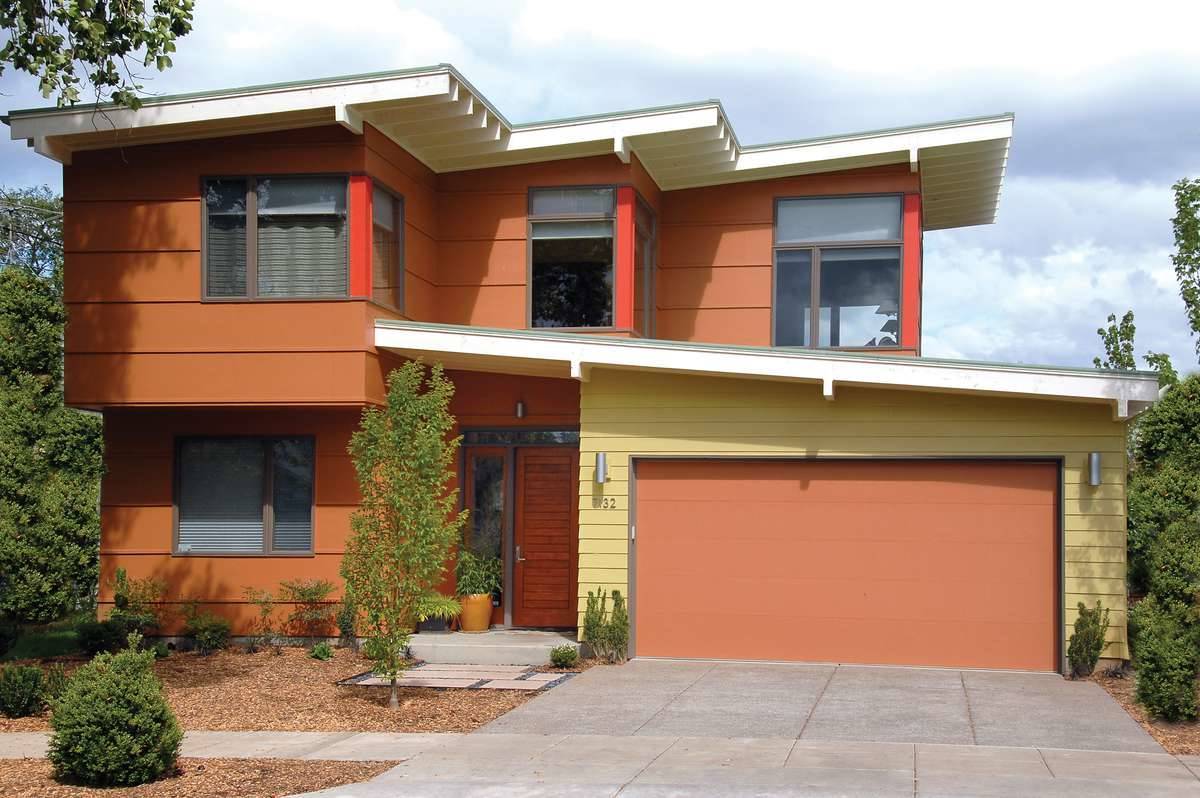
1,899 Square Feet, 2 Beds, 2.1 Baths
Research your area’s native trees and shrubs to help vary your landscaping. They’ll give you something beautiful to look at in every season. And local birds and pollinators will love them, too! When you consider the resources saved, that your yard will look more natural and fitting, and that you’ll help support local fauna for a healthier ecosystem, it’s definitely an upgrade all around!
Looking to Build Green?
If you’re looking to build after learning how to make your new home eco-friendly, you’ll want to check out our collection of Green/Energy Star House Plans. These designs meet high standards for energy efficiency and are available in a wide range of sizes and styles. As always, let us know how we can help if you require any assistance!
- Simple 3 Bedroom House Plans - July 24, 2024
- Transitional Home Design Is IN Right Now - September 9, 2022
- Texas Leads the Trends in Modern Farmhouses - August 19, 2022
